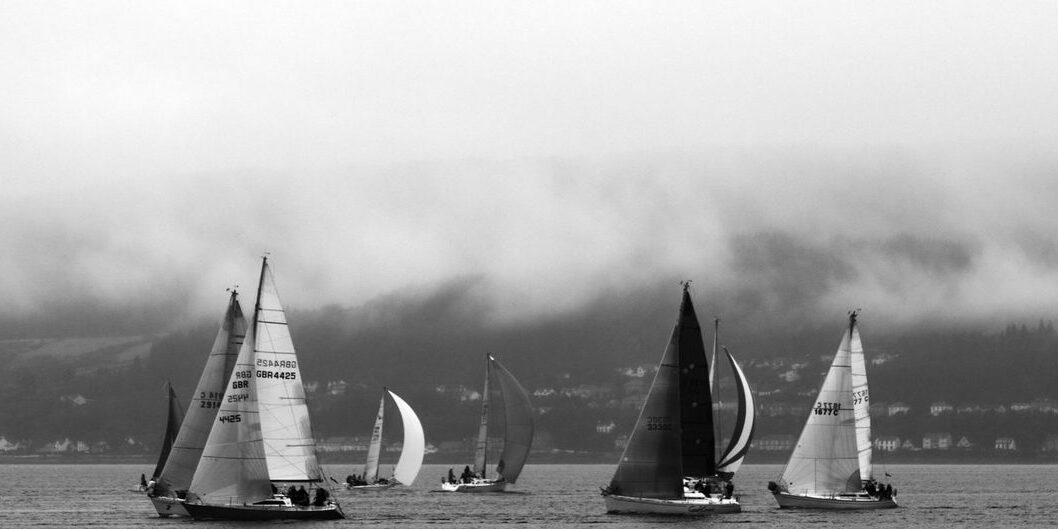Compared to most other industries, changes in recreational boat design have been gradual. Mainly because boating is small potatoes versus other areas where the market is far more substantial. There have been changes, of course, and one area has been the shape of sailboat keels and rudders.
Fifty years ago they were often shaped like a shark fin in side (plan) view—angled aft and curved to look like the appendage of something you would see swimming through the water. Early 1970s Pearson 26 and 30, C&C 27, 30 and 35, Redwing 30—boats we sold when they first came out—come to mind. Even larger boats like the C&C 61 were shaped that way.
Fiberglass construction brought on the explosion in recreational sailing and boat building. With more boats on the water, there was more opportunity to try new designs, and this was hastened by the sailboat racing crowd. When a new idea led to improved performance, it was quickly copied. Soon keels and rudders became more vertical in plan view, especially the trailing edges. Over time the leading edges gradually lost their aft sweep also, to where we are today.
Rudders became mostly vertical, except for some aft sweep at the tip. Keels are even more vertical on race boats, with a thinner and deeper fin. What happened to the ballast? It has been placed on the bottom of the keel in a bulb or flared tip that places weight as low as possible to increase stability.
When the Australians finally won the America’s Cup with a design that featured a wing keel, that led to variations of wings incorporated on all sorts of boats. This fad has largely died out, with the most practical shape being a bulb of sorts. With a deep and narrow fin, structural considerations come into play. For race boats, this often means a steel or cast-iron fin, with a lead bulb at the bottom. All lead construction would not be strong or stiff enough for the deepest keels.
Some designs, like the J/70, use a steel backbone with a lead bulb cast onto it. Then the whole thing is encapsulated in a fiberglass case. This makes for a very smooth exterior finish and places the maximum amount of ballast at the very bottom of the keel. The J/99 and J/111, for example, have keels made of both steel and lead, and the Beneteau First 10R had an iron fin with lead bulb. The whole idea is to maximize the performance for the minimum weight. Cost is less of a concern.
Cruising boats have different requirements than race boats. They need to be robust, low maintenance, and economical. Essentially cruising keels only need to provide some lateral surface area to reduce leeway and adequate weight for stability. They also have a longer and wider mating surface between the keel and the hull. This reduces the damage to the hull from grounding. Cruising keels are almost all cast iron these days, as working with lead is expensive and environmentally hazardous to those working with it. Racers find lead to be worth it, but cruisers do not.
The above is only a 10,000 foot view of the subject, but hopefully it will provide some basic understanding.








